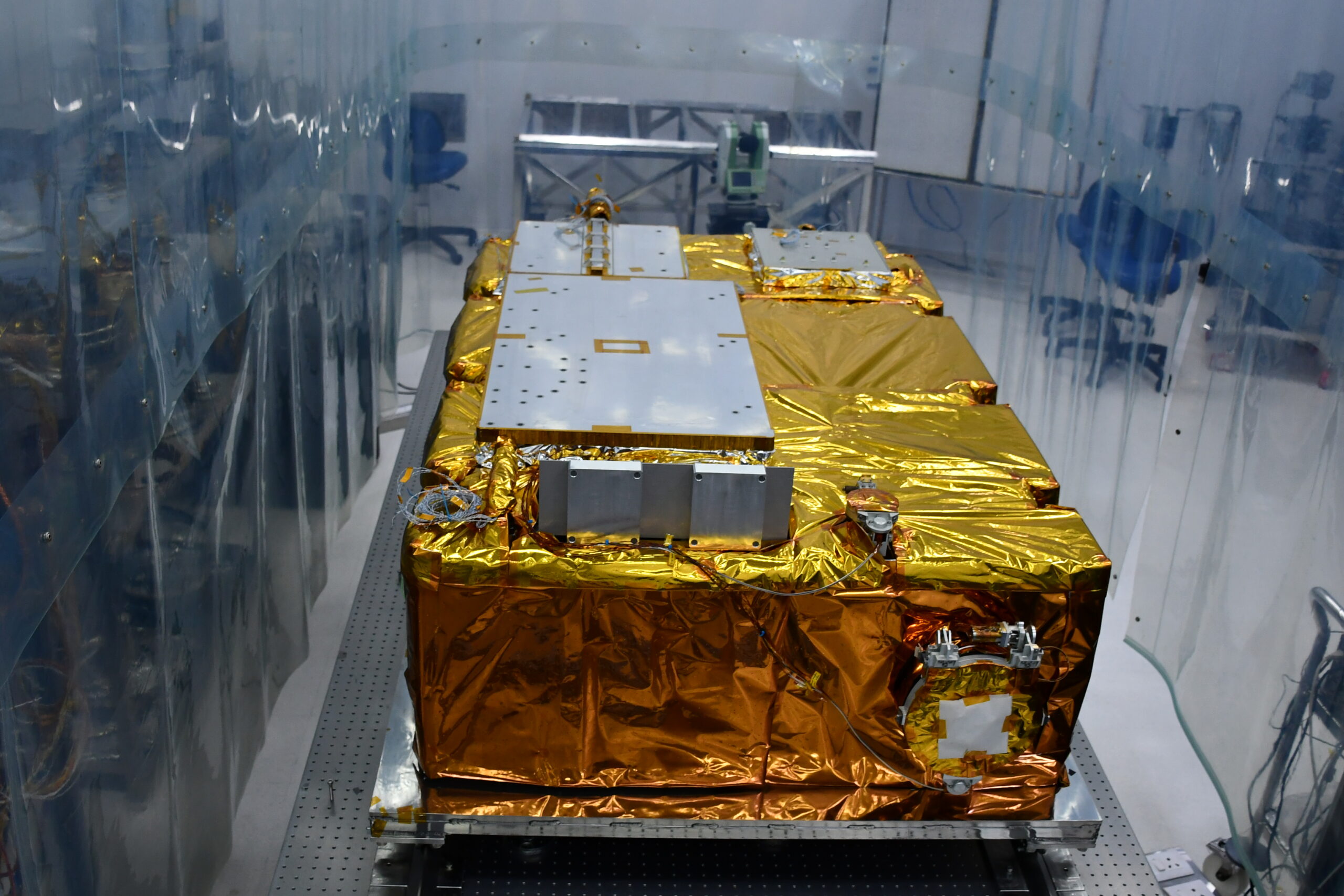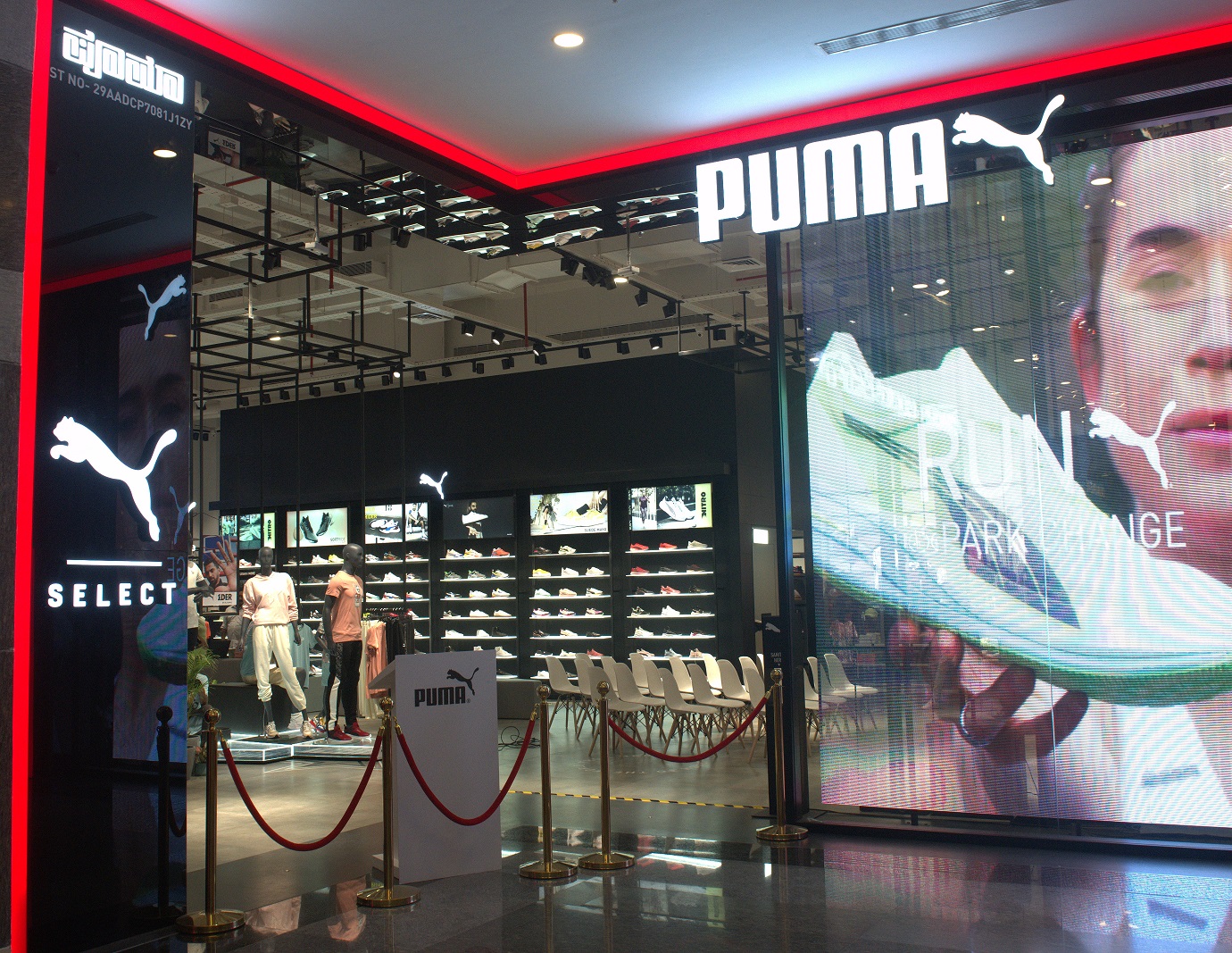In a major milestone in the development of space astronomy in India, the Visible Line Emission Coronagraph (VELC) payload was handed over today to ISRO by the Indian Institute of Astrophysics (IIA) in a ceremony held in the presence of the Chairman ISRO at CREST campus of IIA. IIA is an autonomous institute under the Department of Science and Technology, Govt of India.
The VELC is the primary payload onboard Aditya-L1, which is India’s first dedicated scientific mission to study the Sun, and will be launched by ISRO by mid-2023. The Indian Institute of Astrophysics has successfully finished assembling, testing and calibrating the VELC at its CREST campus in Hosakote, Bengaluru. VELC is the largest and one of the most technically challenging of the seven payloads/telescopes that will fly on Aditya-L1. ISRO will now conduct further testing of VELC and its eventual integration with the Aditya-L1 spacecraft.
After accepting a 3D printed model of the VELC payload, Shri S. Somanath, Chairman ISRO, congratulated the VELC team and said “Understanding the effect of the Sun on Earth and its surroundings has become very important now and Aditya-L1 aims to shed light on this topic. It has taken 15 years for VELC from concept to completion, and this period was needed for a complete system like this. The VELC has been the finest collaboration between IIA and ISRO”.
He also added, “ISRO aims to play an important role in future science experiments in space and an ecosystem needs to be created for this, including a roadmap for the next few decades”. He also added, “ISRO encourages Indian scientists to come up with new and novel ideas for future space science instruments that have not been done before by others in the world”. He also said the launch of Aditya-L1 is expected to be around June or July. He added, speaking about public engagement, “Many students tell me that they want to become astrophysicists and institutes like IIA should further enhance their efforts to explain their work to the public”.
Prof. Annapurni Subramaniam, Director of the Indian Institute of Astrophysics, also congratulated the VELC team and said “VELC is a team effort and is a major milestone for the institute. The effort has involved close collaboration between IIA, ISRO and many industries across India. We look forward to exciting science results coming from this payload after it is operational”. She also released the official logo of the VELC payload.
The Principal Investigator of the VELC payload, Prof Raghavendra Prasad, explained the significance of the logo. The logo features a photo of the solar corona taken 125 years ago by British and Indian astronomers working at the Kodaikanal Solar Observatory (now a part of IIA), and the VELC will be able to observe the corona continuously. He also explained that “No other solar coronagraph in space has the ability to image the solar corona as close to the solar disk as VELC can. I can imagine it as close to 1.05 times the solar radius. It can also do imaging, spectroscopy and polarimetry at the same time, and can take observations at a very high resolution (level of detail) and many times a second”. This capability will revolutionise solar astronomy around the world and the data is expected to answer many outstanding problems in the field.
M. Sankaran, Director of URSC ISRO said that an Aditya-L1 helpdesk is being planned which will help scientists and students to understand and use Aditya-L1 data. He also said that he looks forward to programs like this to generate more interest in science among students in India.
Nigar Shaji of ISRO, the Program Director of Aditya-L1 said “this is one of the best days for the Aditya-L1 team and for myself”. She also thanked the LEOS of ISRO for producing the main mirror as well as 18 different optical assembles for VELC. The main mirror has been ground and polished to an accuracy of about 4 Angstroms, one of the best achieved in the country. She also thanked other teams of ISRO that had contributed to VELC.
Dr Usha Dixit from DST, GoI, spoke about the importance of public outreach on science to increase trust in science among the public, and to be accountable for public funding. She also said, “DST is there to support such partnerships between institutes and ISRO”.
Shri Kiran Kumar, former Chairman of ISRO added “VELC is not a trivial piece of engineering and it has taken 15 years to produce such a complex system. This augurs well for future space missions and I look forward to more such novel space science missions in the future.
The dignitaries and the VELC team of IIA then flagged off the truck housing the VELC. The payload has been placed in a container and the team has been continuously monitoring its health using sensors placed within. The payload will be taken to URSC ISRO tomorrow morning.





